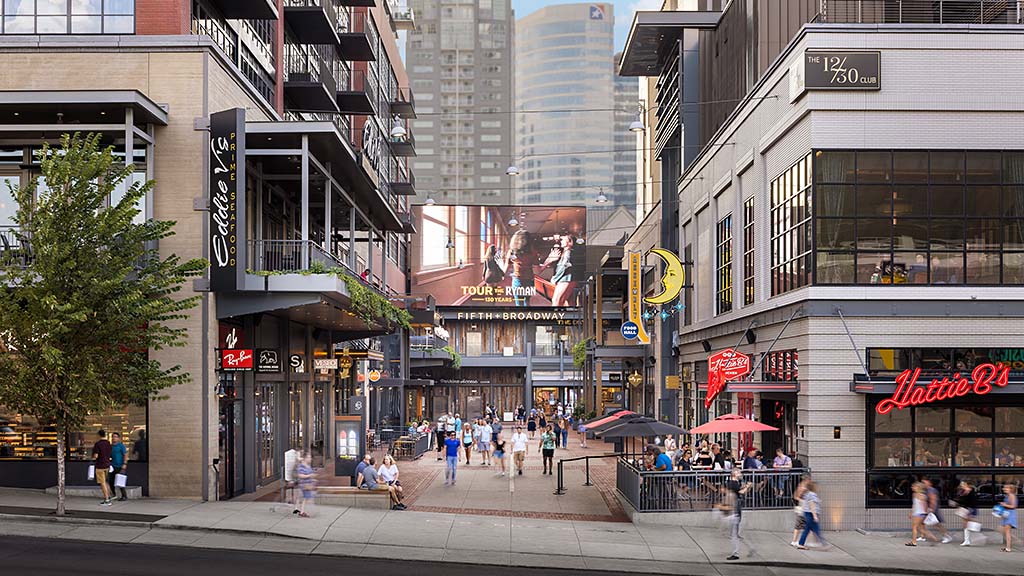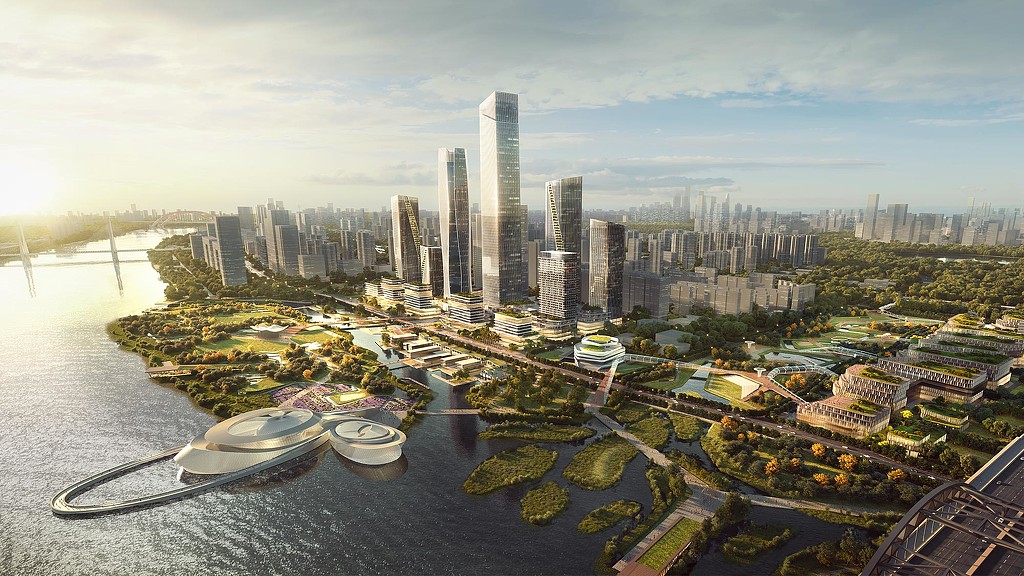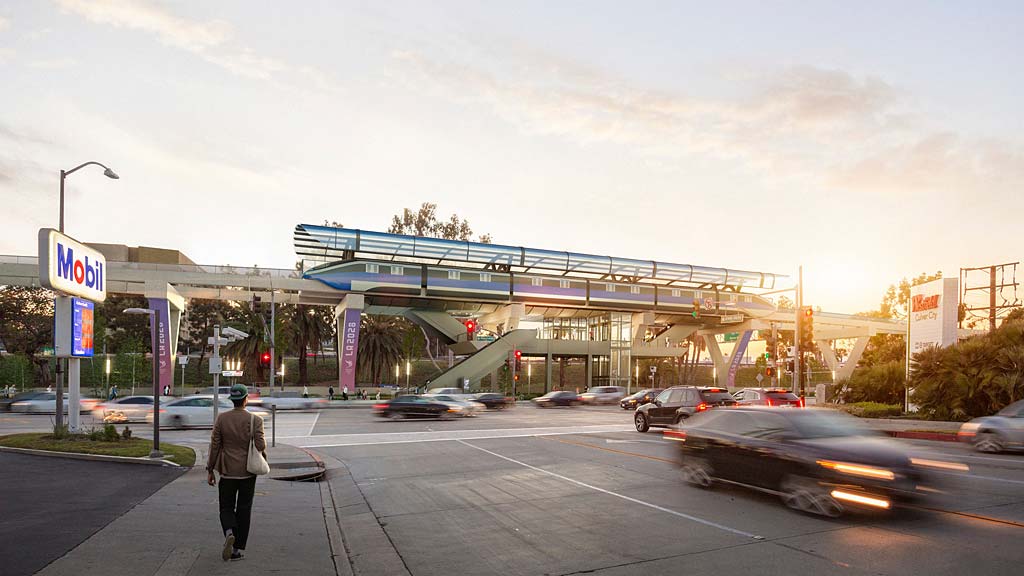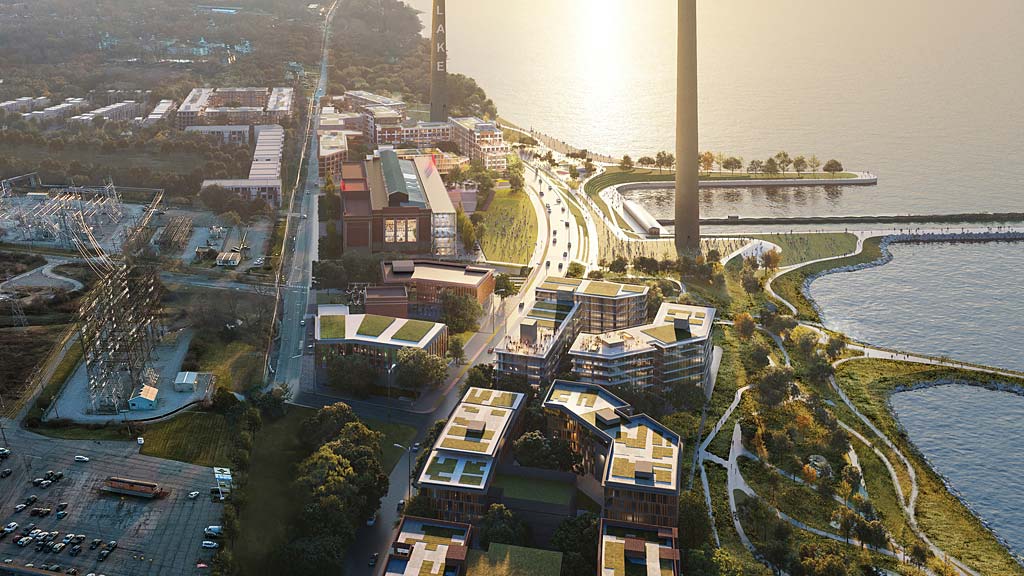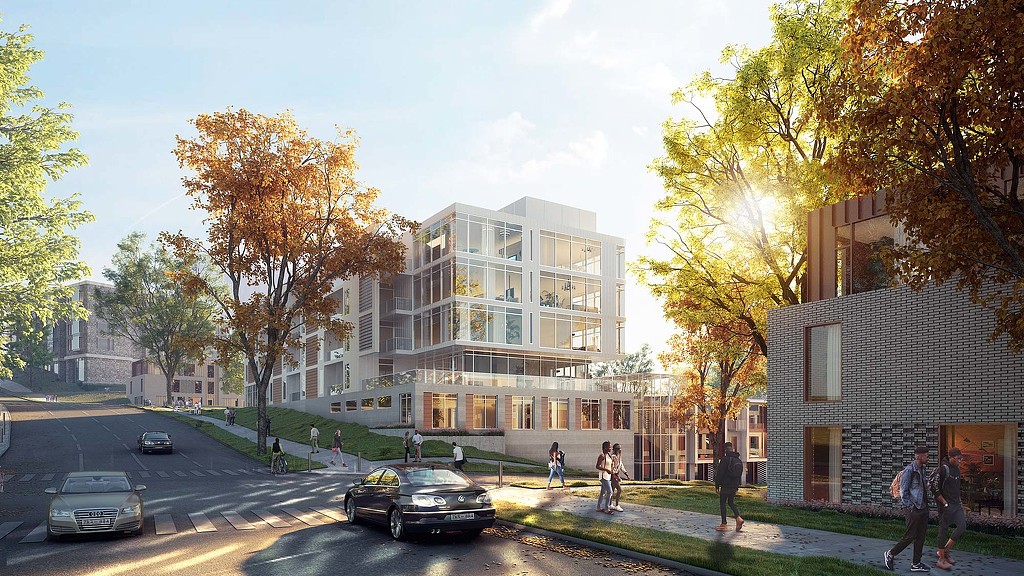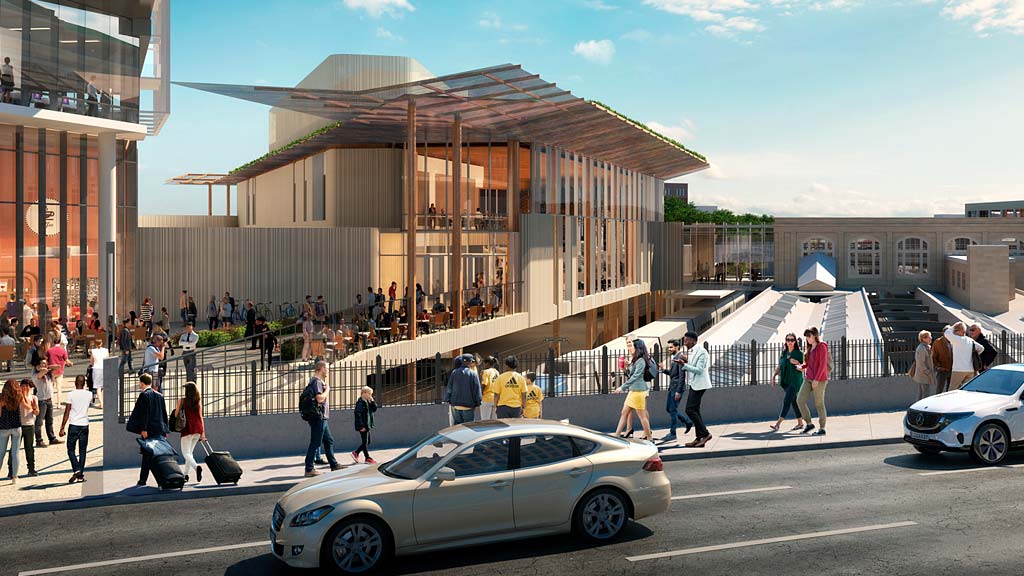Cities & Urban Design
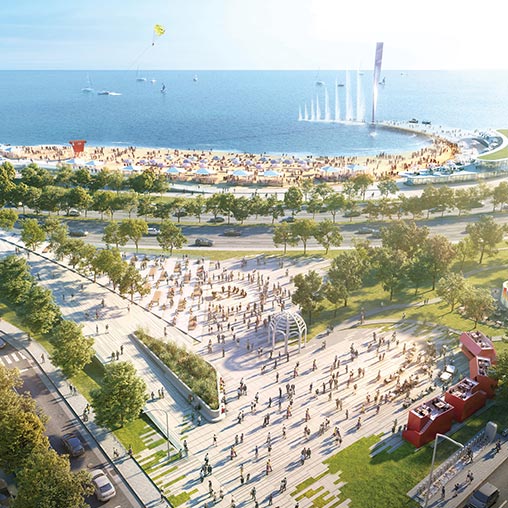
Reimagining North Michigan Avenue
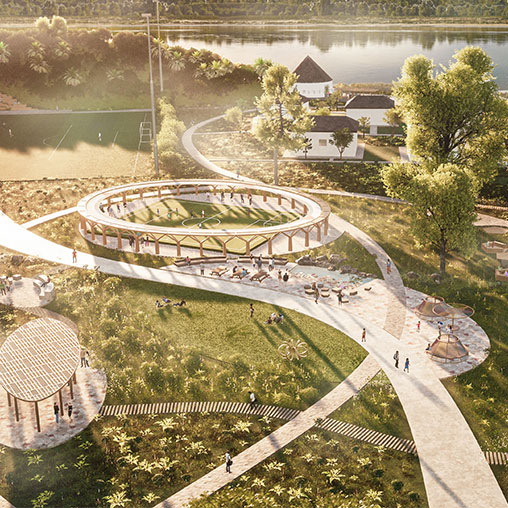
Right to Dream Ghana
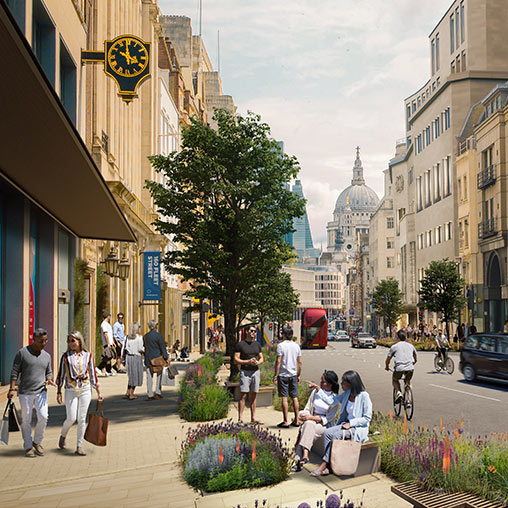
Fleet Street Quarter Public Realm Strategy
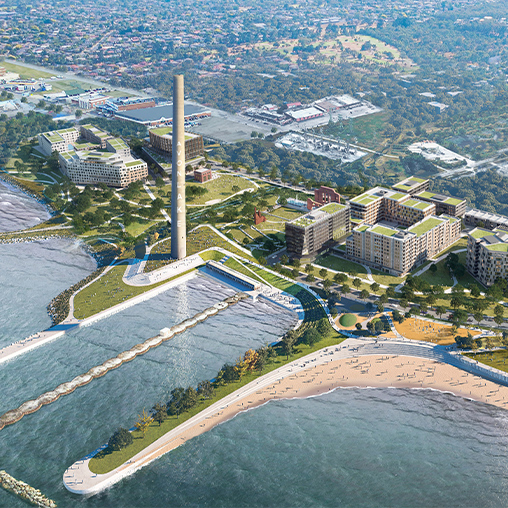
Avon Lake Renewable Master Plan
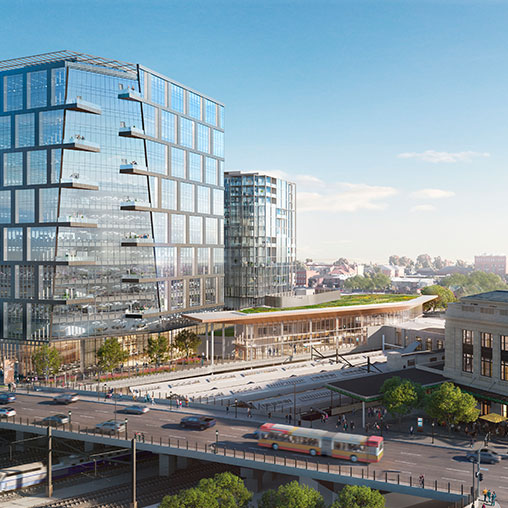
Amtrak – Baltimore Penn Station Lanvale Expansion
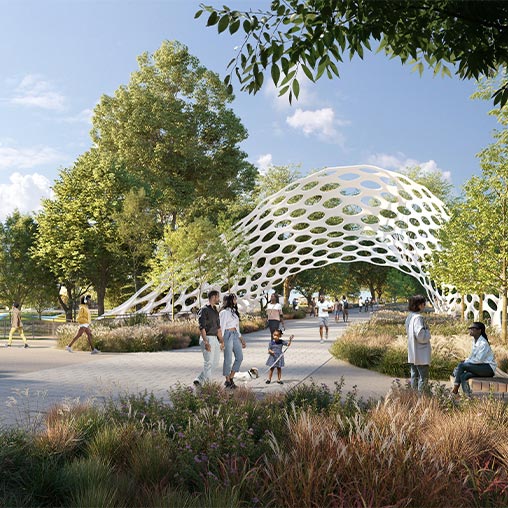
Englewood Agro-Eco District
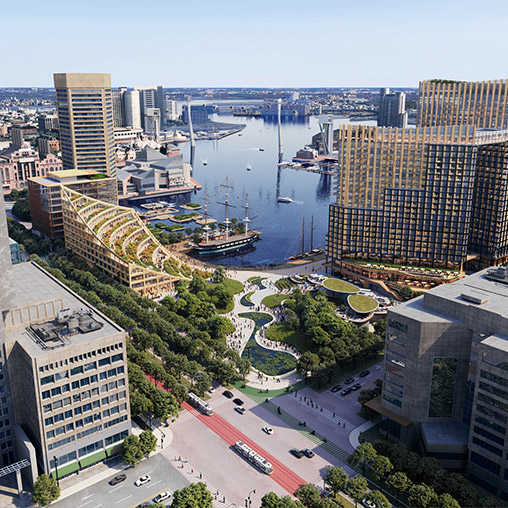
Harborplace
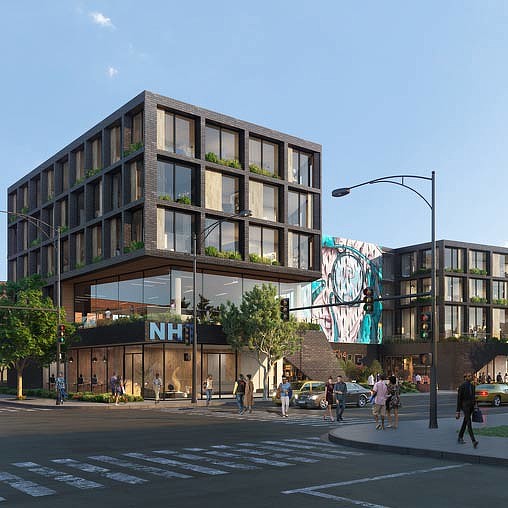
The AVE + West Humboldt Park Corridor Plan
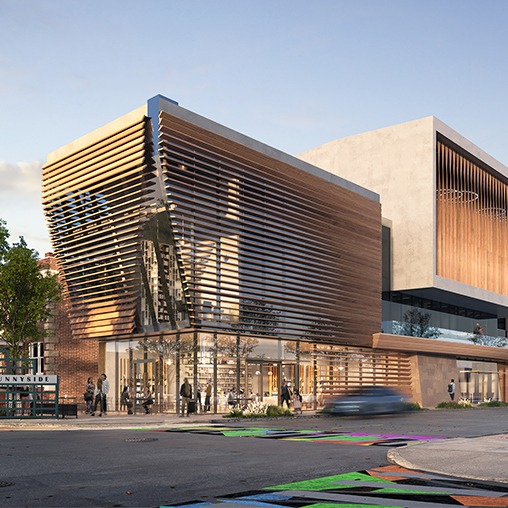
Black Ensemble Theater
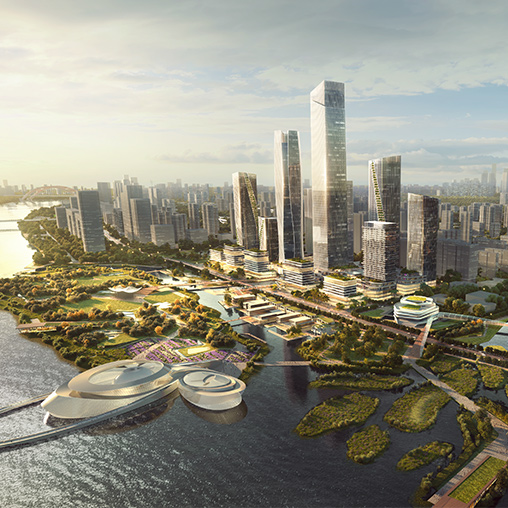
Haizhu Innovation Bay
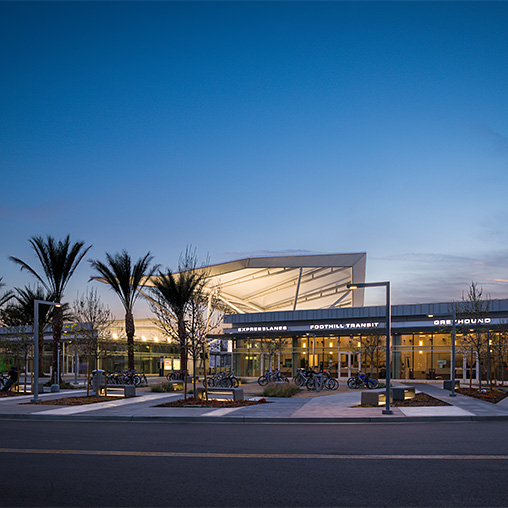
El Monte Busway and Transit Pavilion
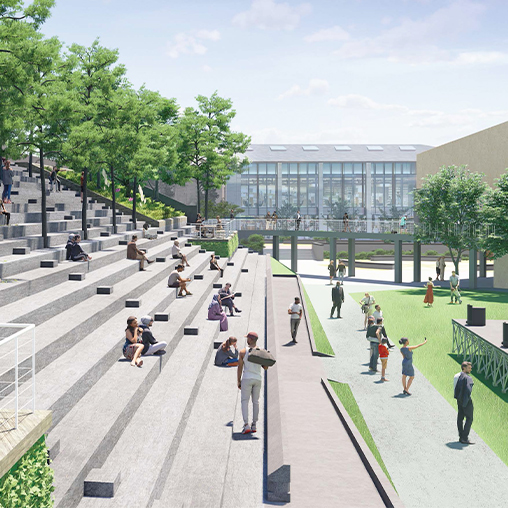
Western Kentucky University Campus Master Plan
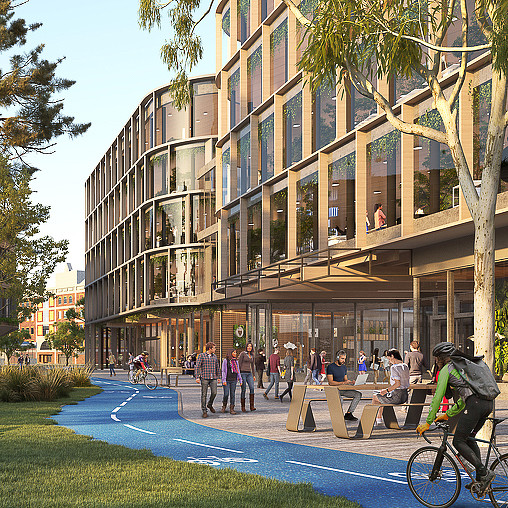
University of Tasmania Urban Precincts Master Plan
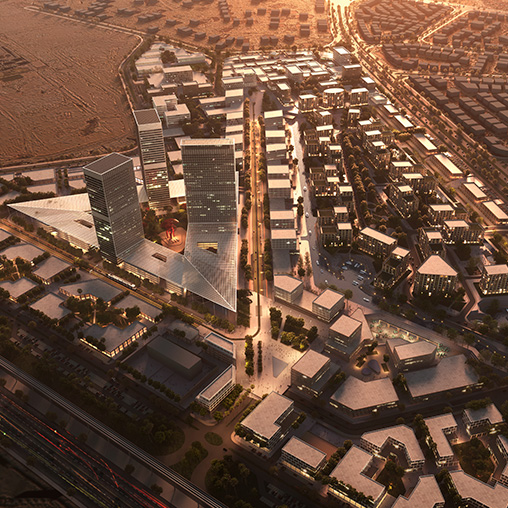
205 Feddan
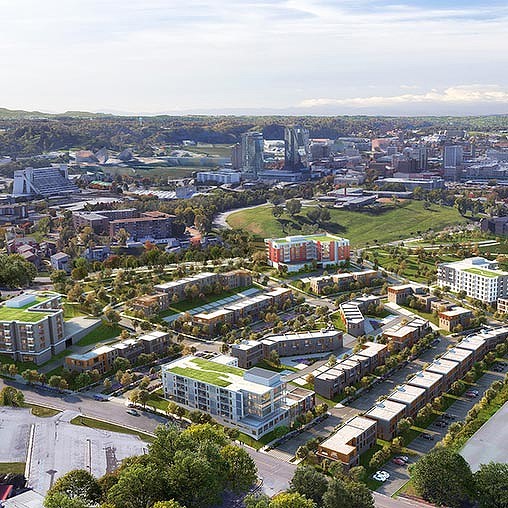
First Creek Redevelopment Plan
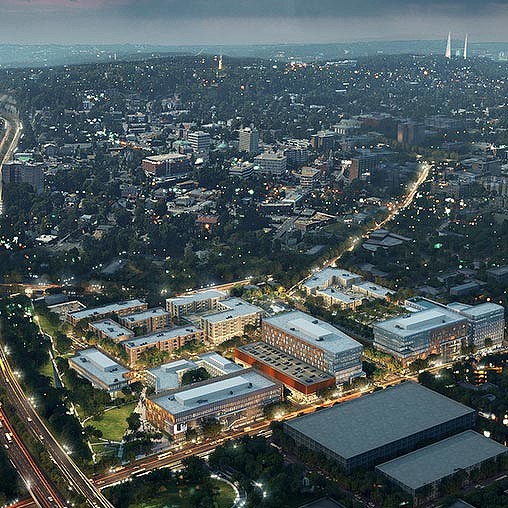
Southtown Redevelopment Plan
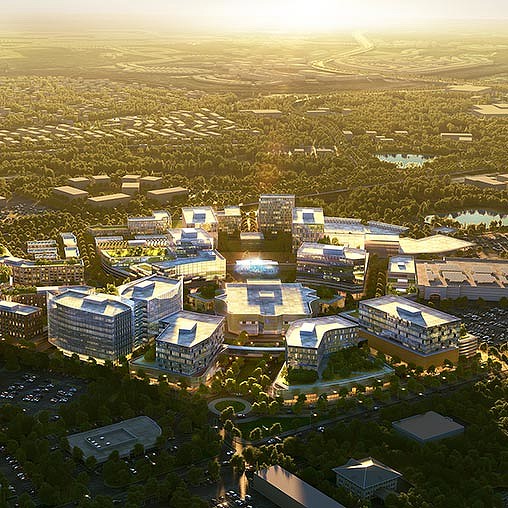
Citadel Mall Redevelopment Plan
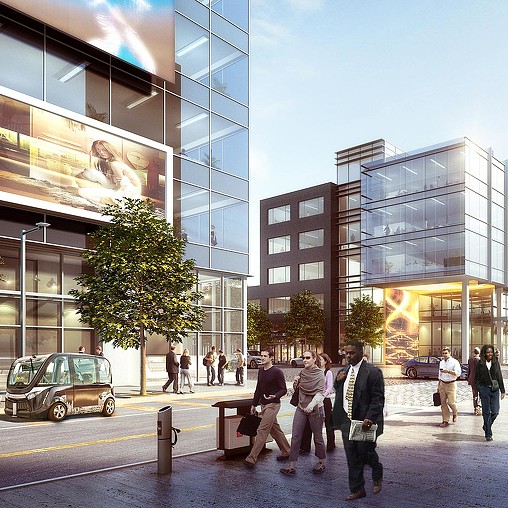
Peña Station Transit-Oriented Development Plan
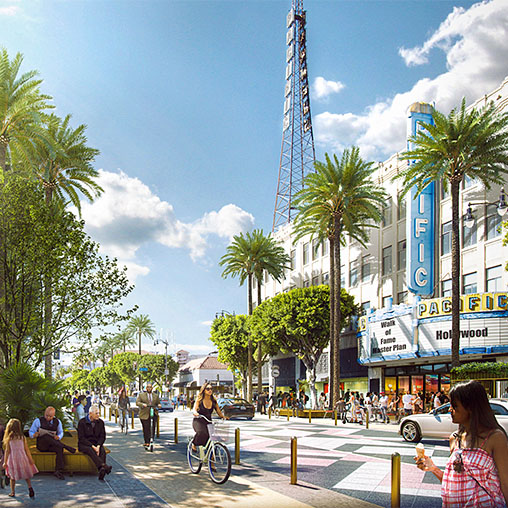
Hollywood Boulevard Walk of Fame Streetscape
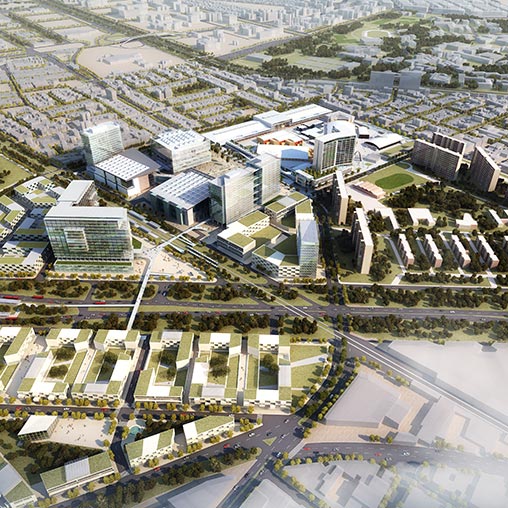
Corferias 2030
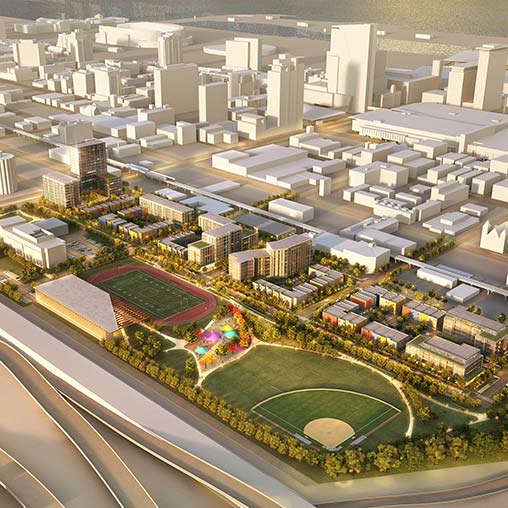
Southbridge Redevelopment Plan
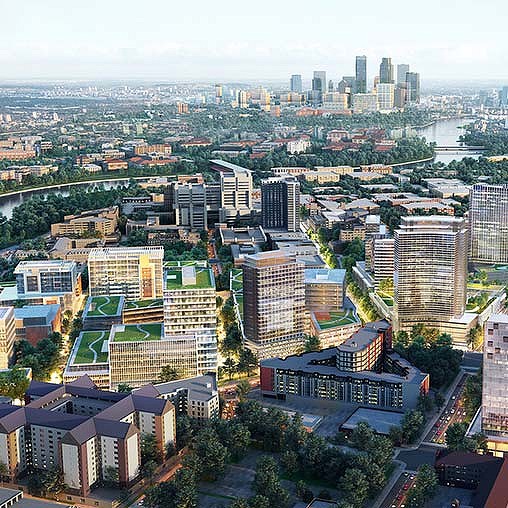
Menlo Park Innovation District Plan
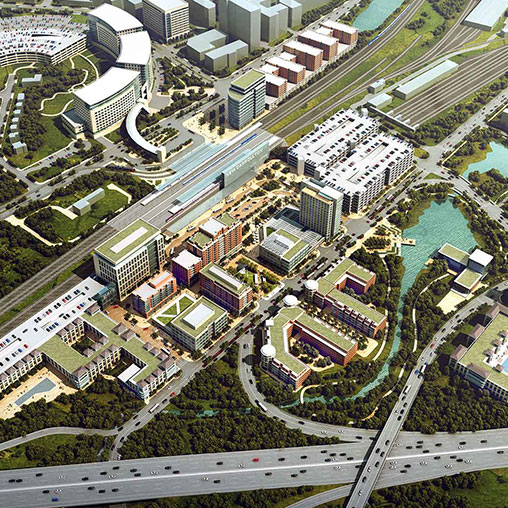
New Carrollton
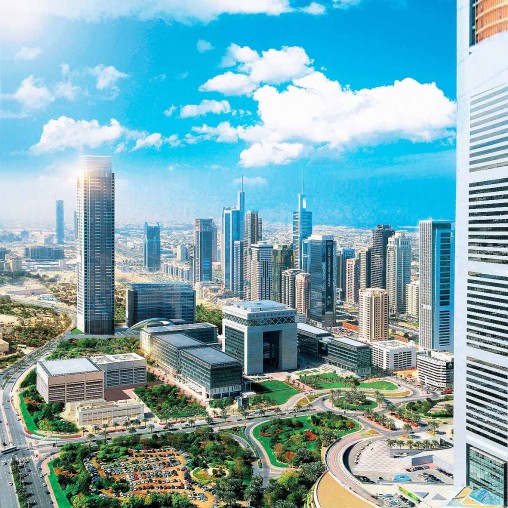
Dubai International Financial Centre (DIFC)
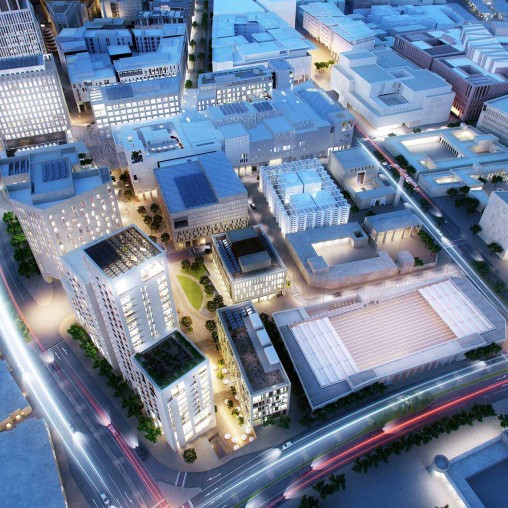
Msheireb Downtown Doha
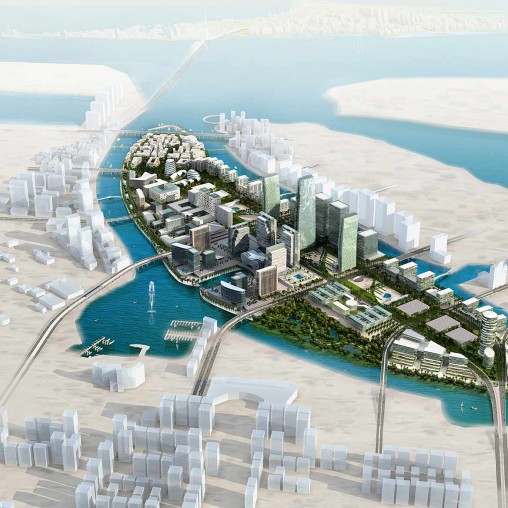
Abu Dhabi Financial Centre
Urban Design & Master Planning
From new cities to urban districts to individual blocks, we design places that connect people. Our urban design plans balance public realm, vertical development, and complex urban systems. We work with developers, public agencies, non-governmental organizations, and institutions at all stages, from vision plans and feasibility studies to entitlements and implementation.
Transit & Mobility Planning
Our clients include public transit agencies, developers, and public-private partnerships delivering major infrastructure projects and transit facilities. We bring deep expertise in transit-oriented and multimodal development and believe that new and alternative mobility strategies can influence how we plan for the next generation.
Special District & Campus Planning
We offer specialized expertise in projects involving sports, entertainment, retail, and educational facilities to anchor urban districts and catalyze development. We work with economic development agencies, professional sports teams, universities, and developers to create compelling and functional plans for transformational projects.
Long-Range & Strategic Planning
We assist municipalities and institutions in setting long-range visions and policies that guide development for the future of our cities. Our planners and strategists are experts in the public process, with experience in stakeholder engagement and facilitation.
Neighborhood Planning
We believe in equitable neighborhoods that provide access to opportunity and choice. With a sensitive approach towards the unique scale of neighborhoods, we plan thriving and cohesive places to live. We work directly with public agencies and community organizations to create unique stakeholder-driven plans that prioritize residents’ needs, honor the past, and look to the future.
Affordable Housing
We recognize that many of our global cities are facing a housing crisis and take an active role in ensuring housing for all. Our team offers experience planning and designing affordable urban housing solutions for all income levels.
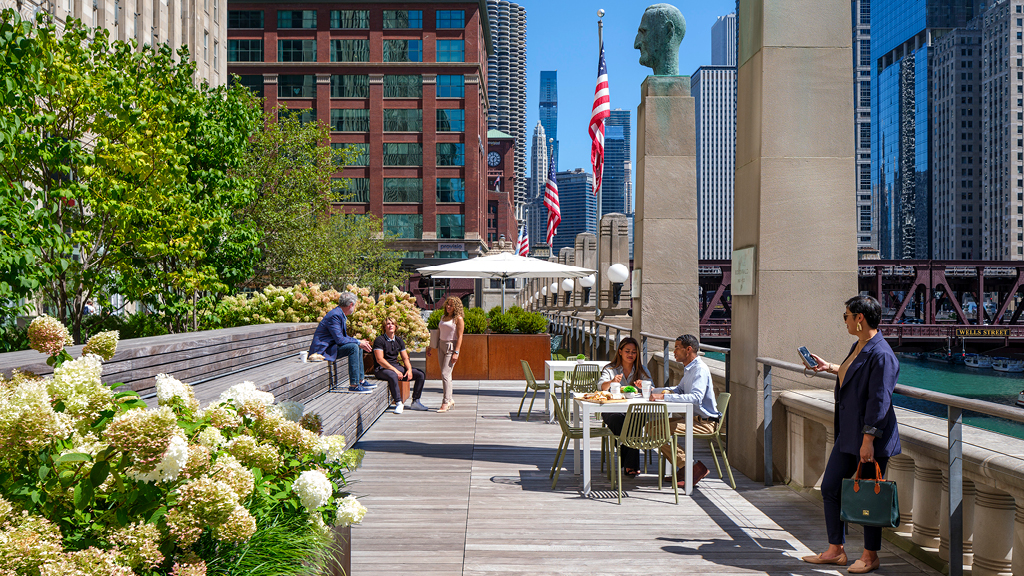
The Return of the City
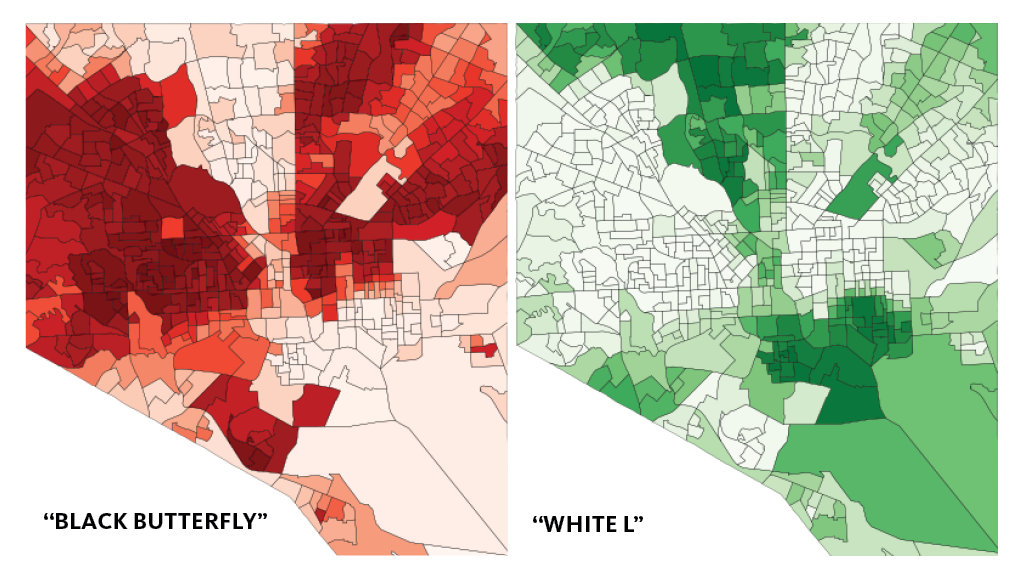
Aligning Practice With Climate Justice
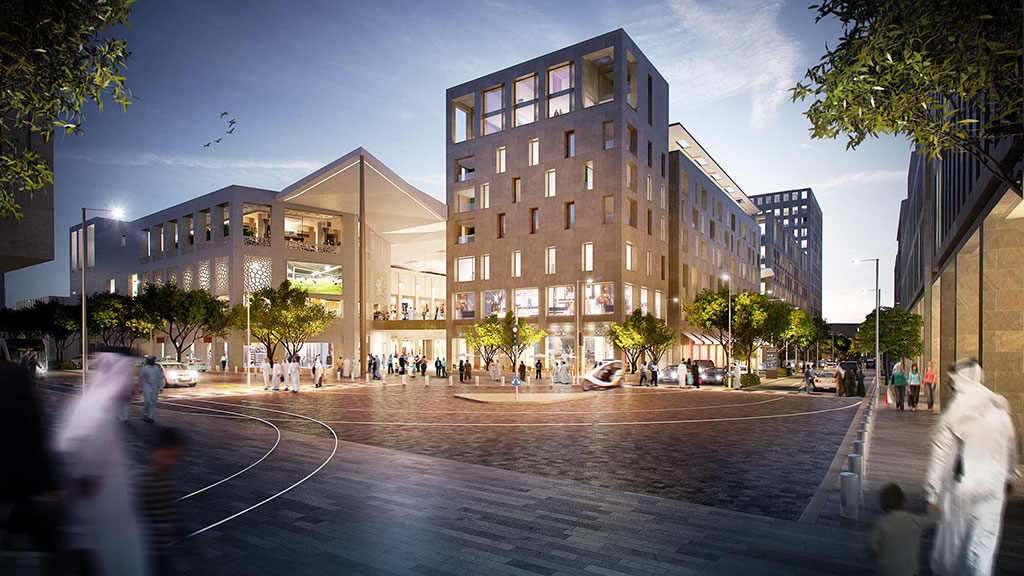
Regional Revitalization: Designing for Impact in the Middle East
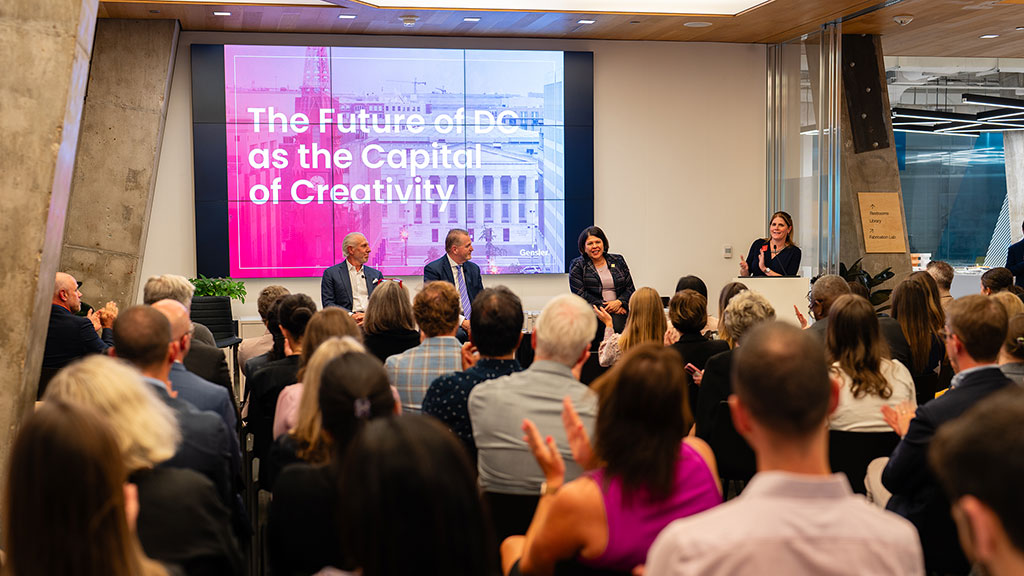
The Future of D.C. as the Capital of Creativity
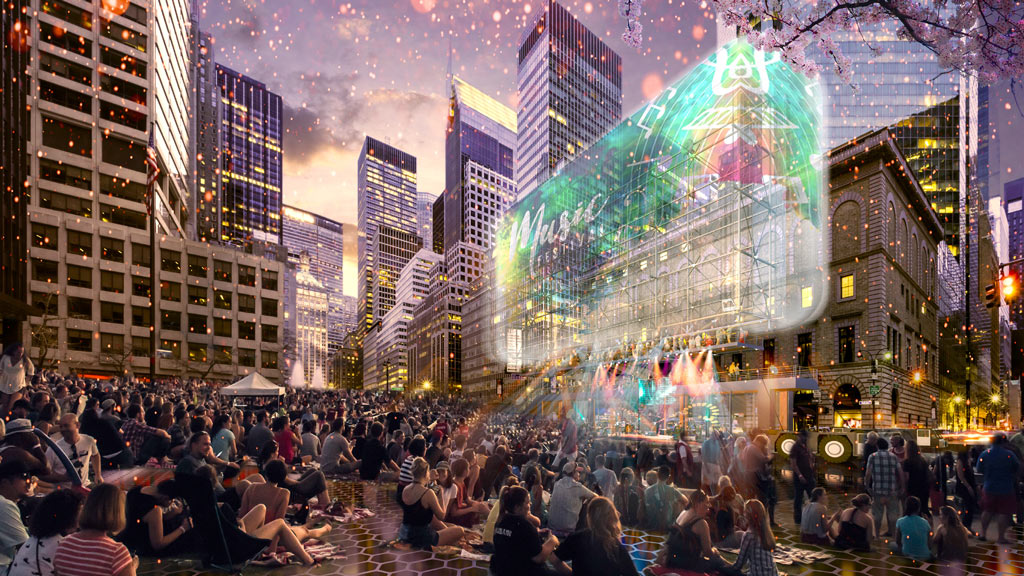
Beyond The Kiosk: Designing Digital Experiences for the Urban Streetscape
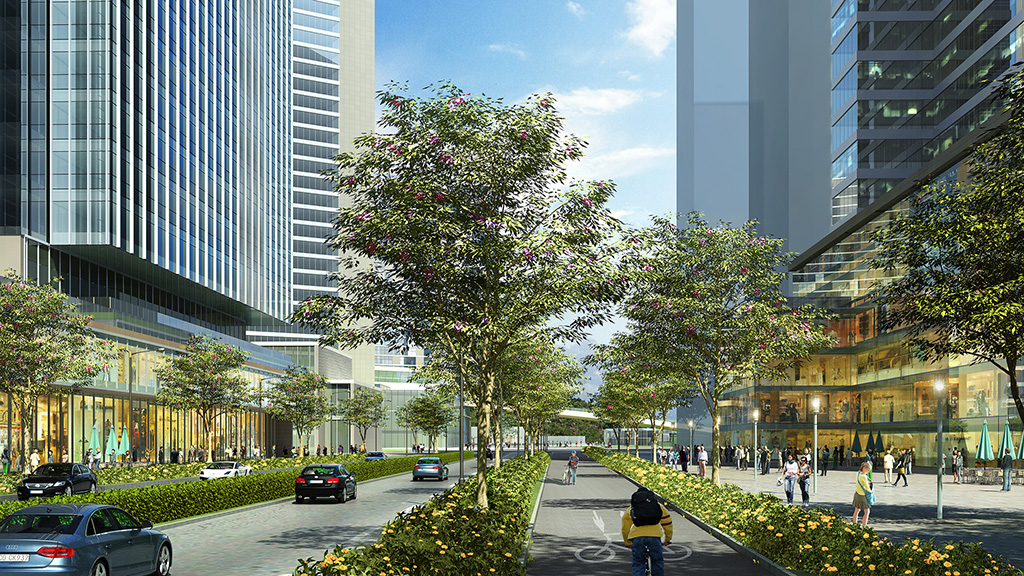
Designing Safe, Walkable Cities for Future Generations of Children
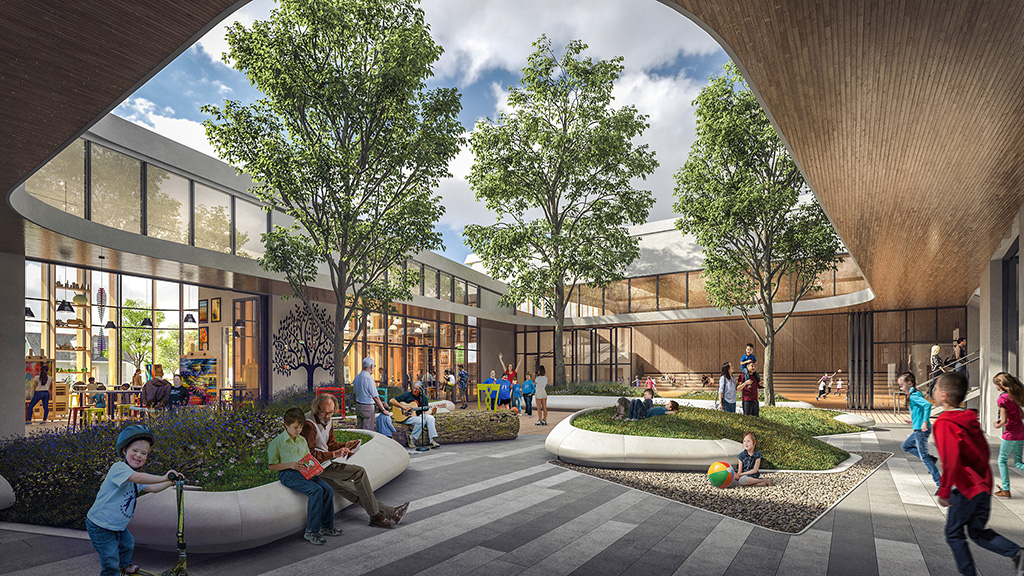
The Impact of Inclusive Design on Children’s Health and Happiness
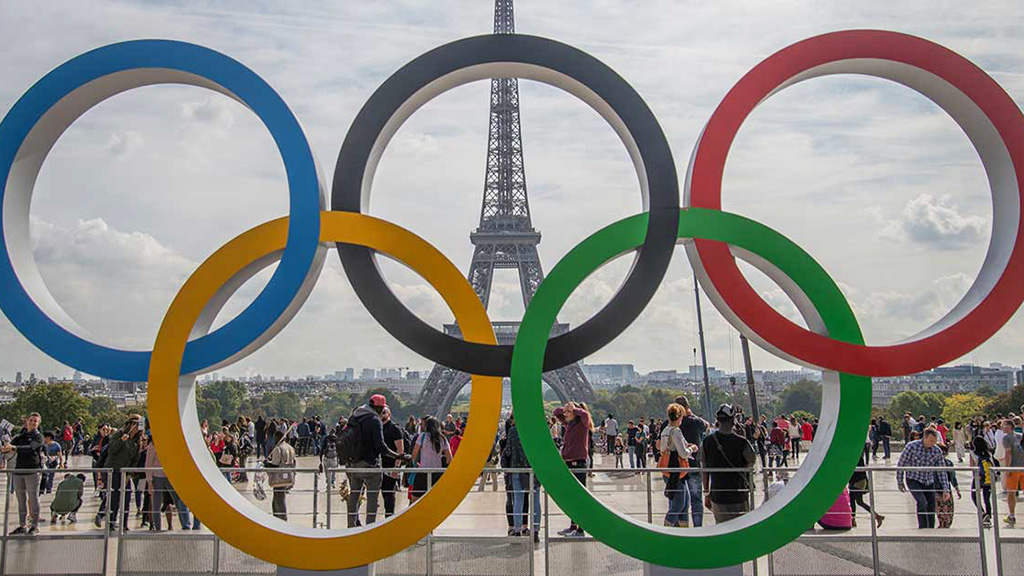
How the Olympics and Paralympics Can Shape Cities in New Ways
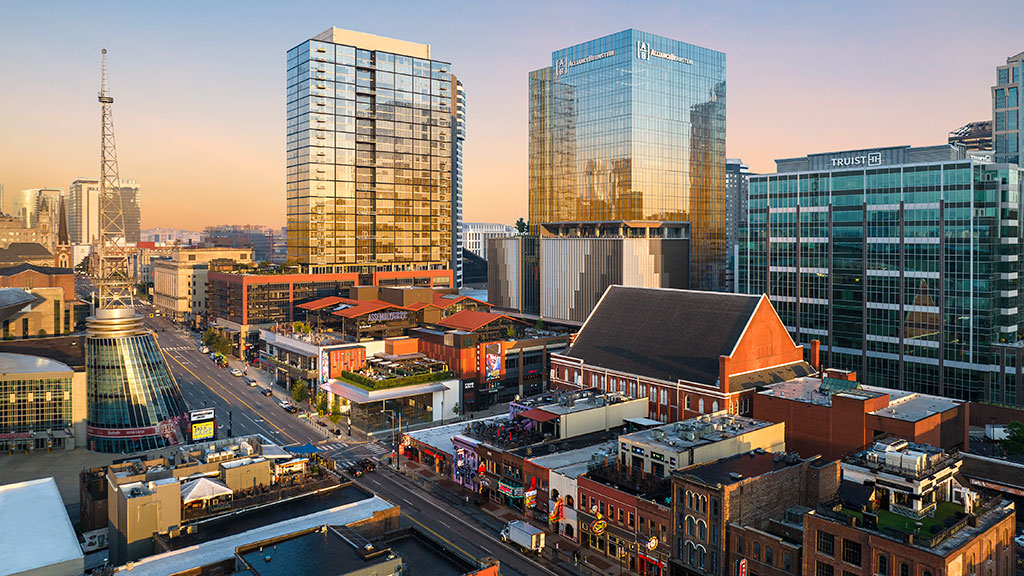
The “Five I’s” of Design
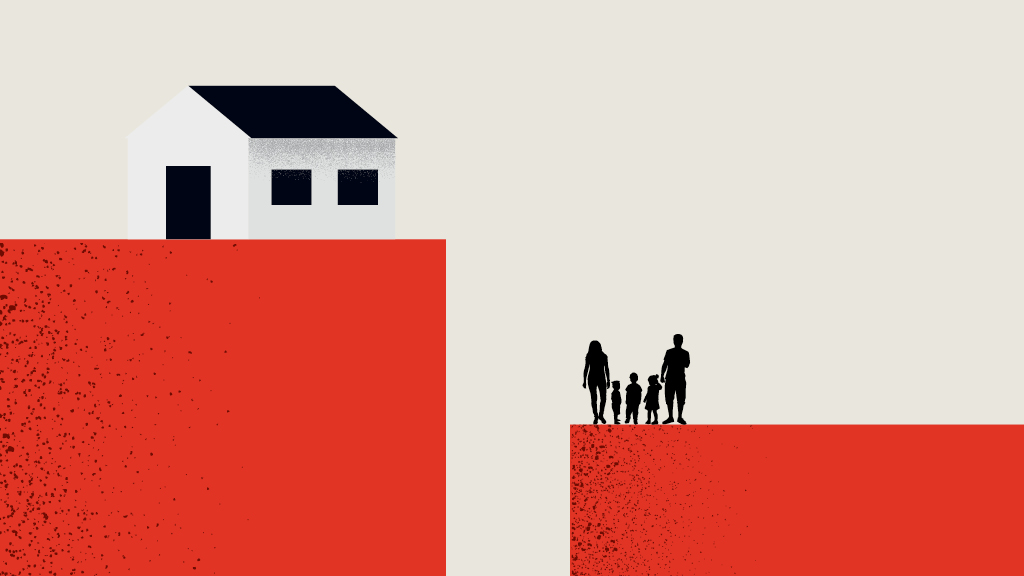
Finance the Future: Strategies for Equitable Neighborhood Development
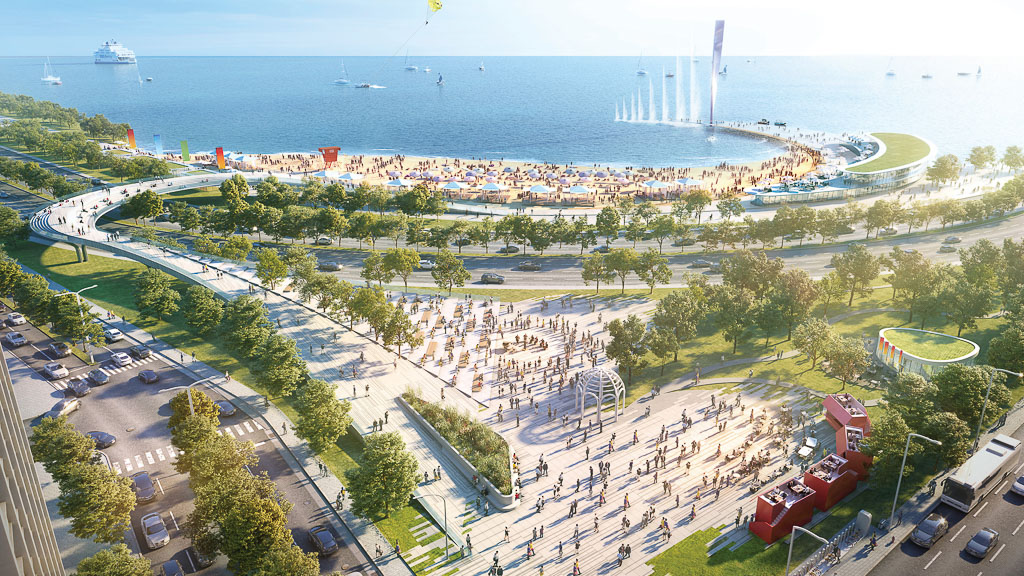
Reimagining North Michigan Avenue: A New Era for Chicago’s High Street
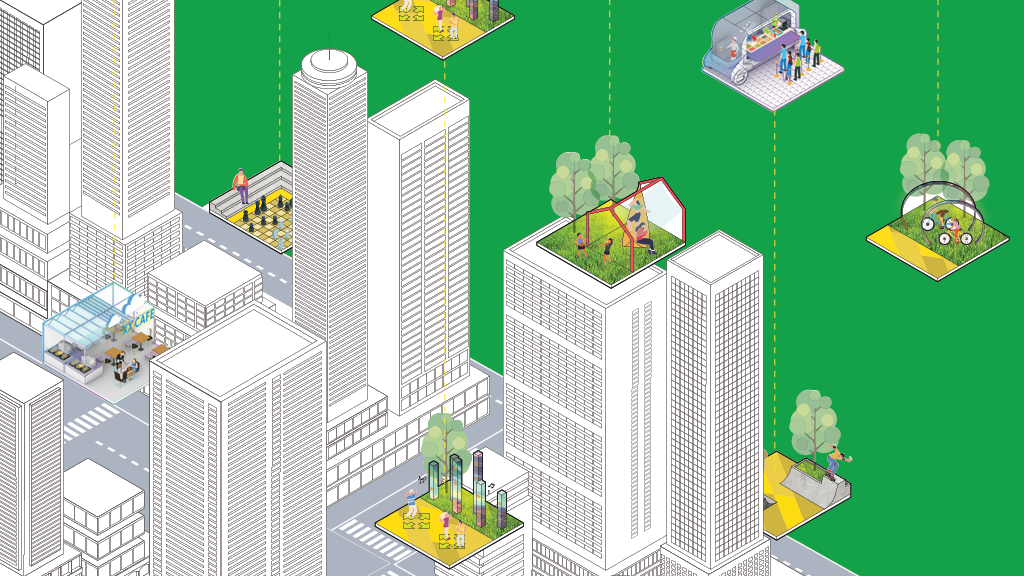
Redefining the Future of Urban Wellness in China
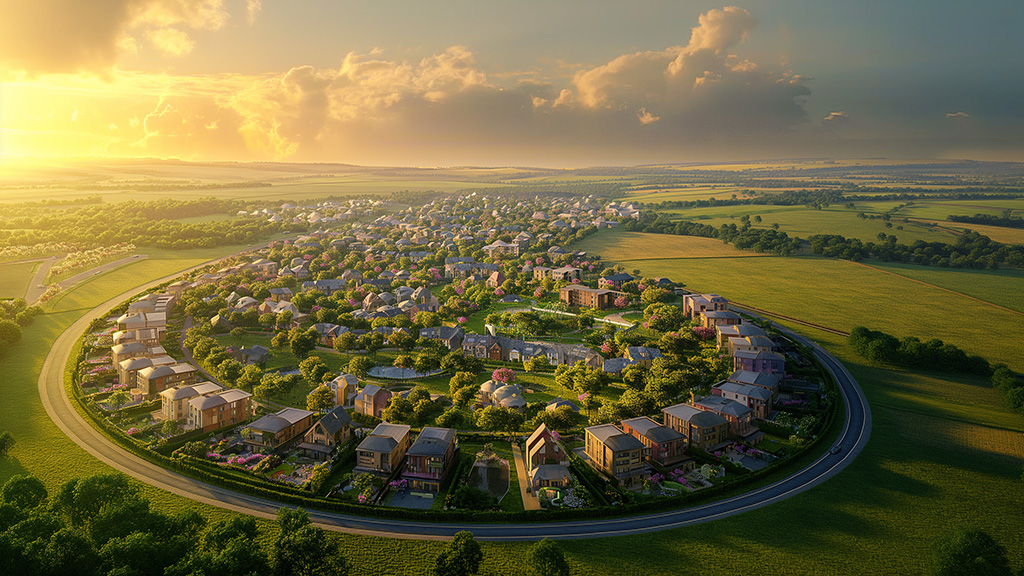
Maximising Urban Space: 3 Strategies for Solving the U.K.’s Housing Crisis
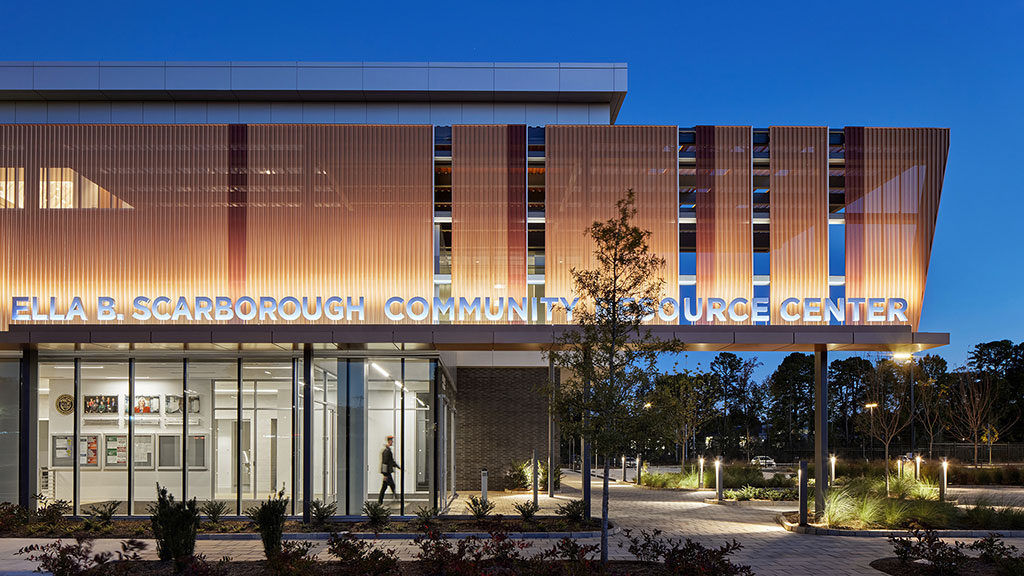
Designing for Racial Equity and Inclusion
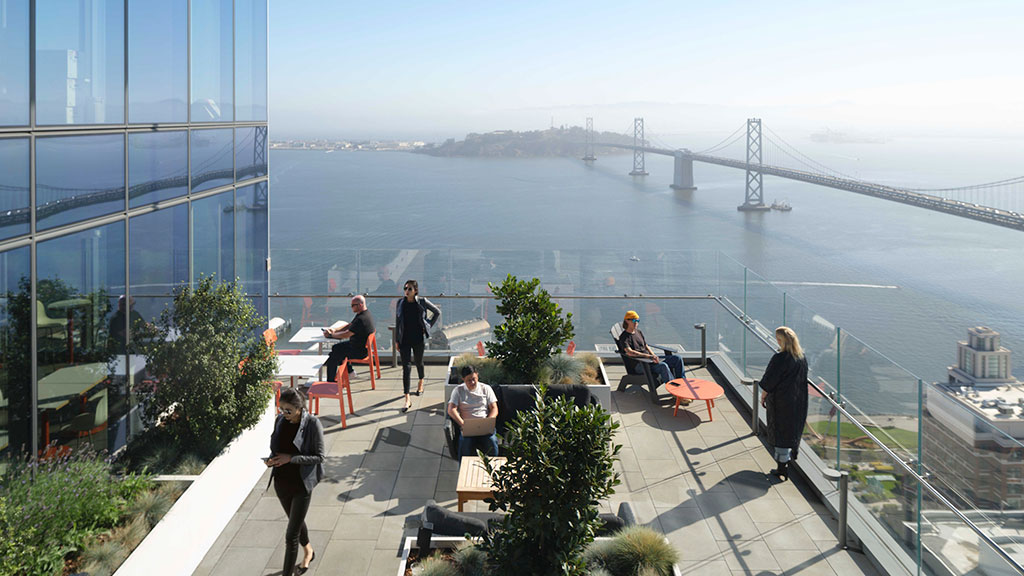
San Francisco Is on the Brink of a Revival, Fueled by AI, Innovators, and Investors
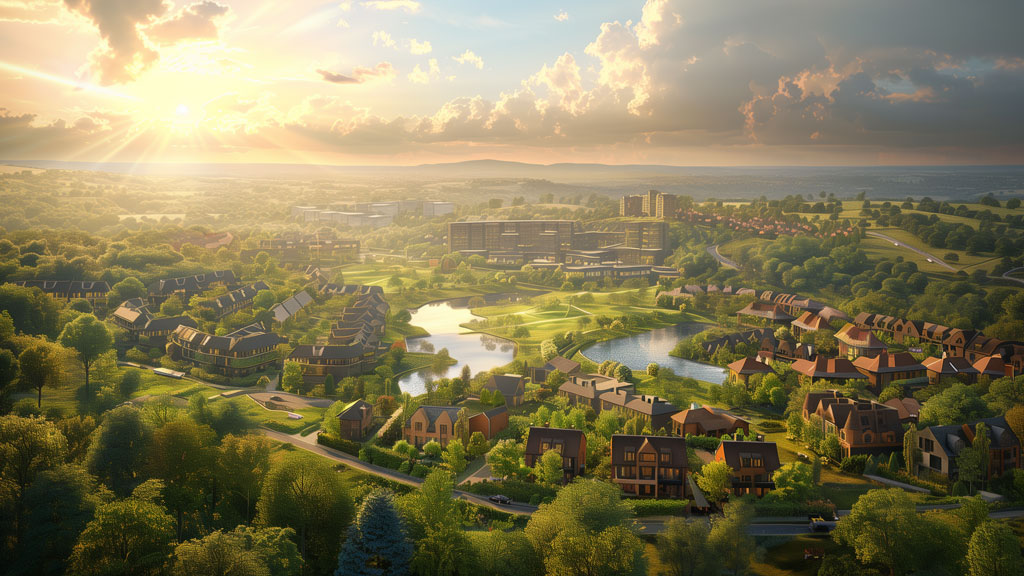
Are ‘New Towns’ the Solution to the U.K. Housing Crisis?
General master planning is rapidly evolving toward specialized city design that can meet blended work-life demands.
Urban centers today require a unique and specialized approach to meet the demands of 21st Century living, marking the end of generalist master plans. Urban planners and designers should consider more mixed-use, flexible approaches that integrate living, working, and leisure into every district and development to cater to the varied needs of urban dwellers.
Demand for affordable housing will be met through strategic partnerships with non-profit developers.
To overcome the regulatory and economic barriers that often face affordable housing, urban designers can leverage partnerships with non-profit, mission-driven developers who can progress projects more quickly and at lower cost. As the focus turns to more social-based developments, harnessing the right partners including developers, housing authorities, and non-profits will be imperative.
Investment in adaptation strategies will continue to increase the profitability and desirability of urban real estate.
Adapting to the impacts of climate change through measures such as urban green cover, resilient public spaces, and equitable design can mitigate the impact of climate change in the built environment. Local governments and city planners have an opportunity to demonstrate the long-term return on investment and incentivize sustainable and resilient development through tax benefits.
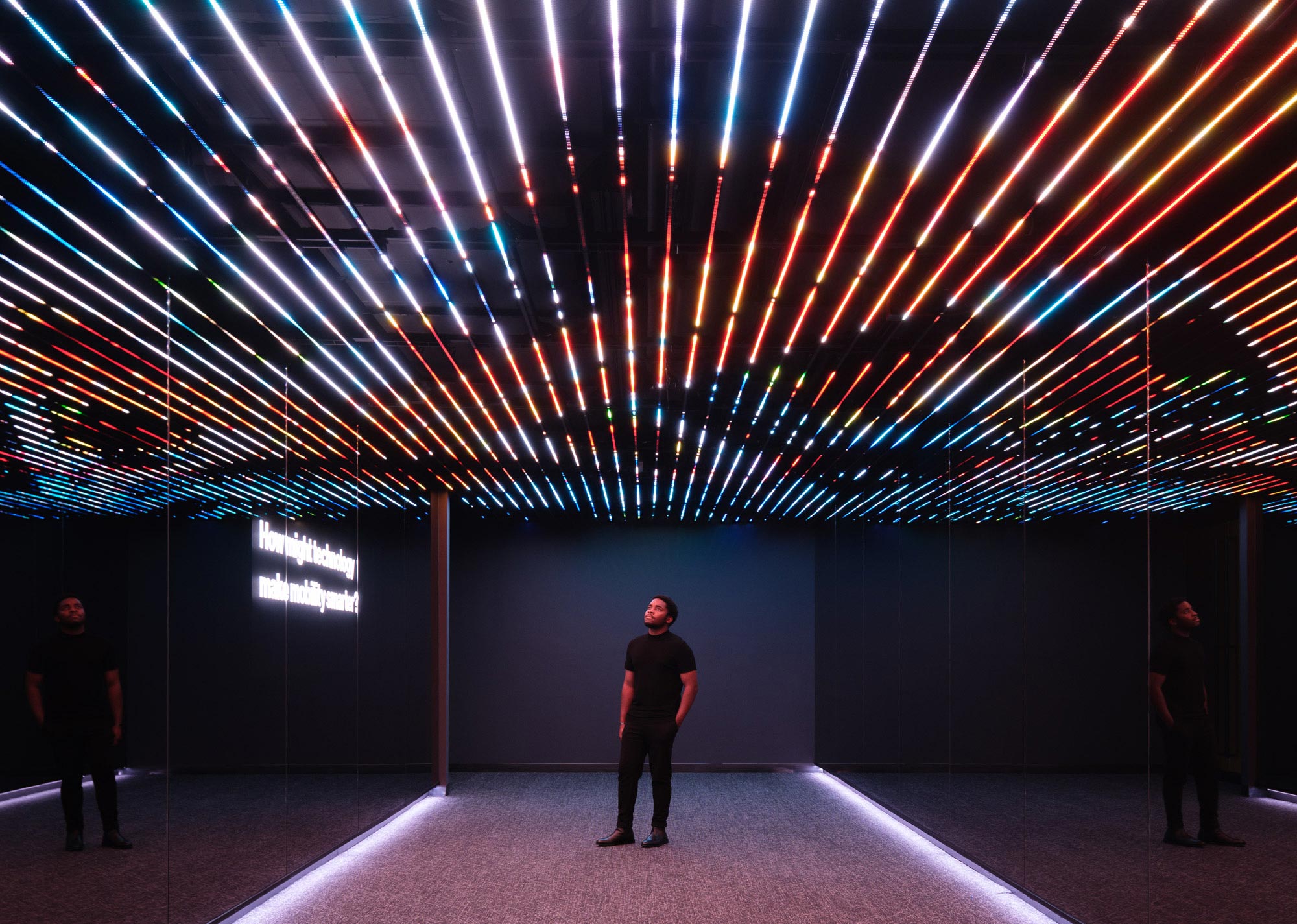
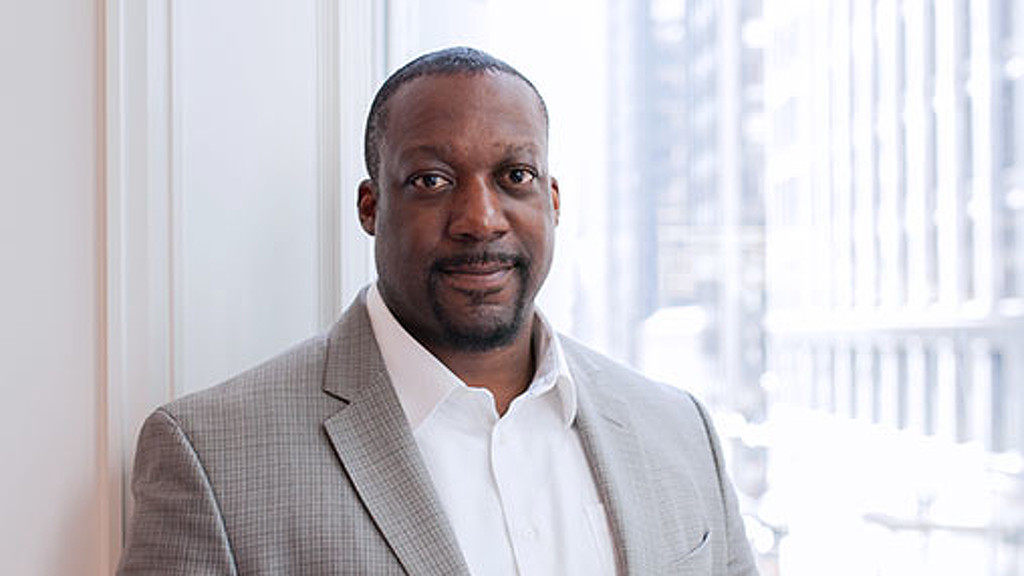
Andre Brumfield
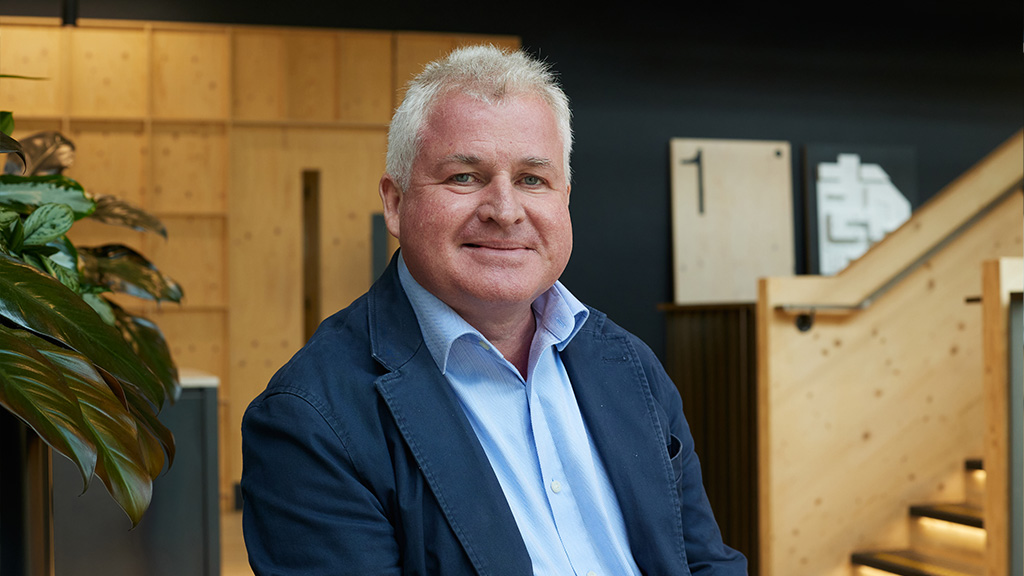
Ian Mulcahey

Christopher Rzomp
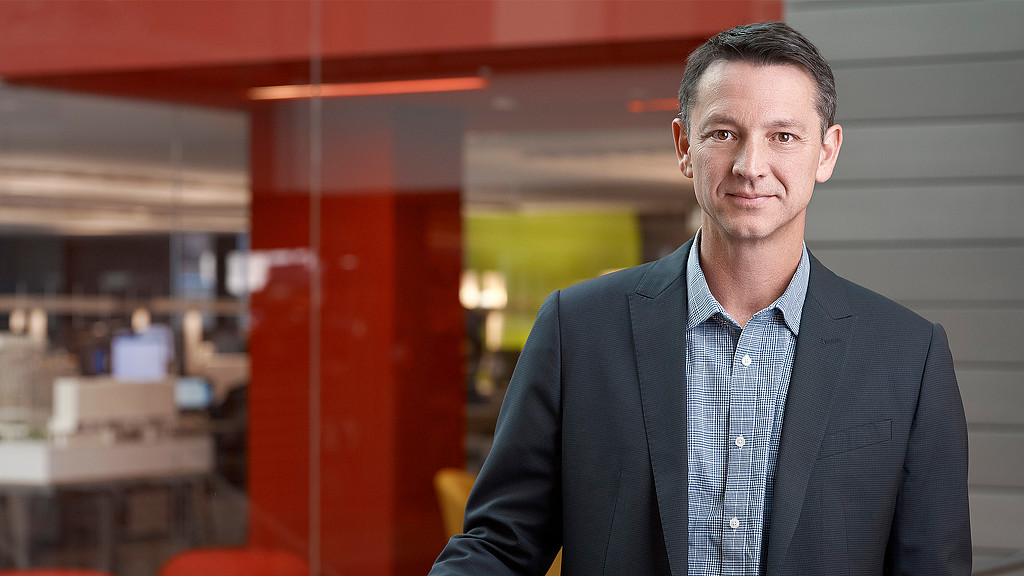
Dylan Jones
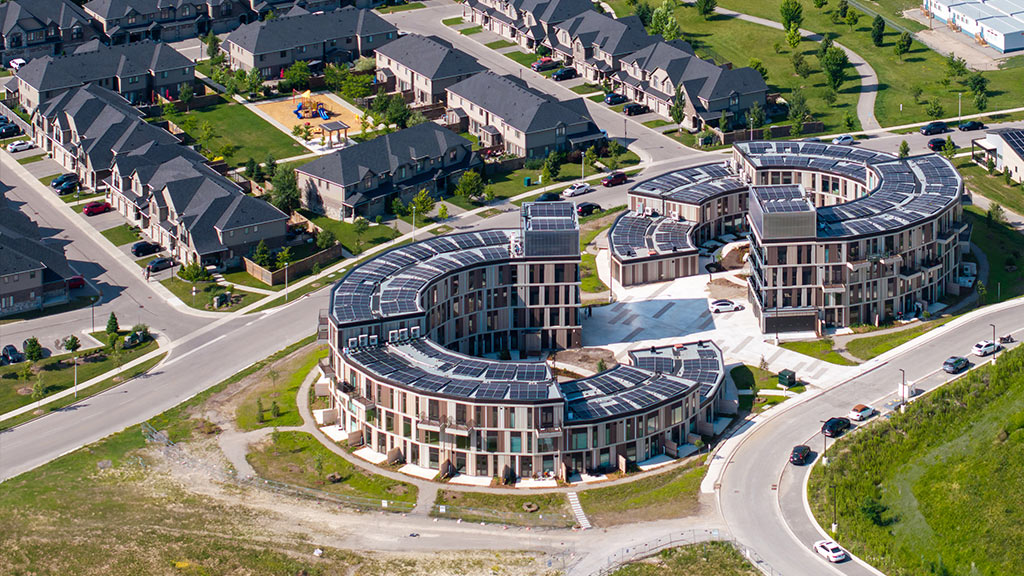
Gensler’s Oliver Schaper Shared Insights About Ontario’s EVE Park, a Net-Zero Residential Development

Crain’s Chicago Business Celebrated Andre Brumfield on Its List of 2024 Notable Black Leaders
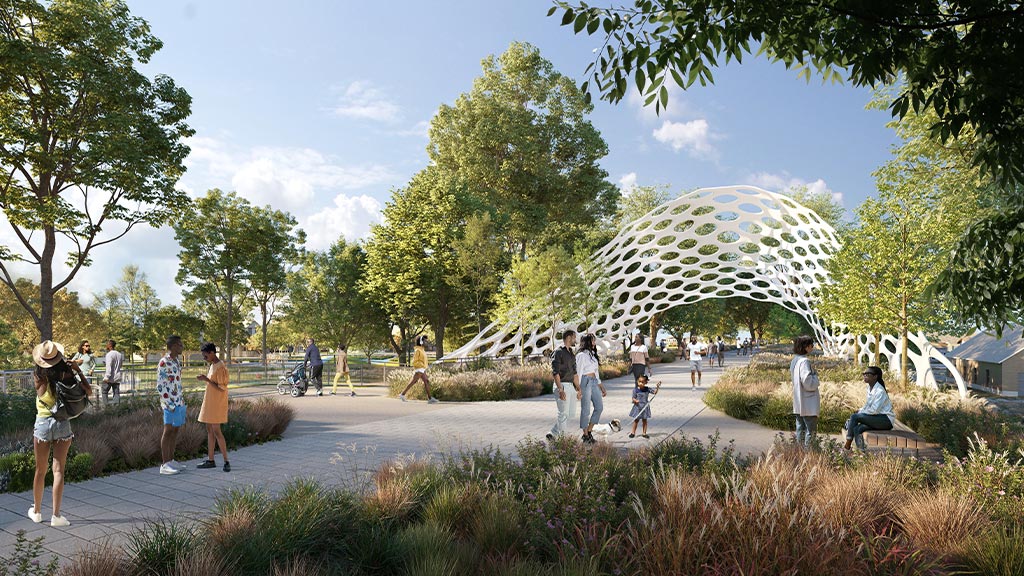
Gensler’s Englewood Agro-Eco District & Nature Trail Master Plan Wins 2024 AIA Illinois Honor Award
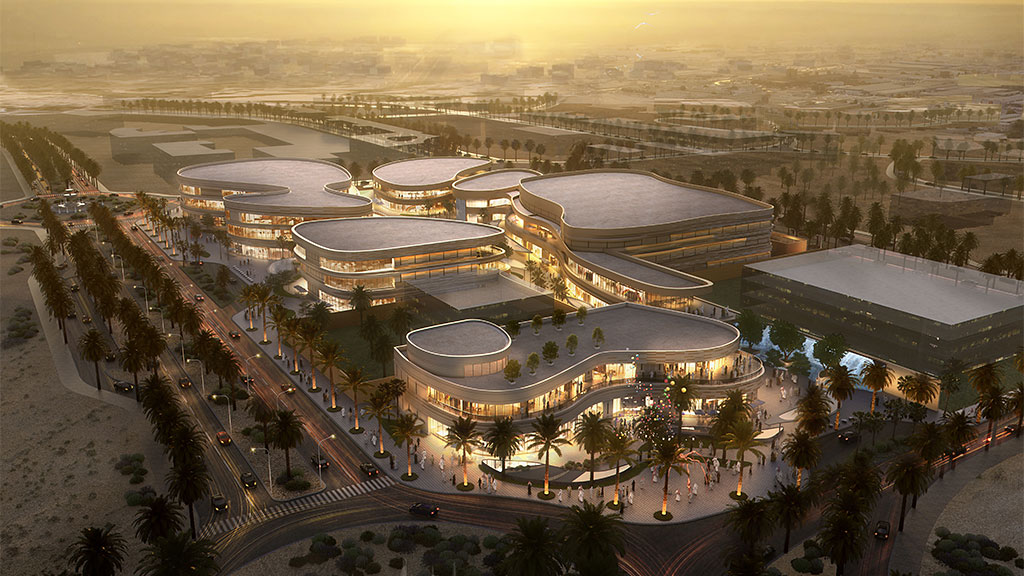
Why the 20-Minute City Is a Natural Fit for the Gulf

Gensler Leads the Transformation of Chicago’s North Michigan Avenue
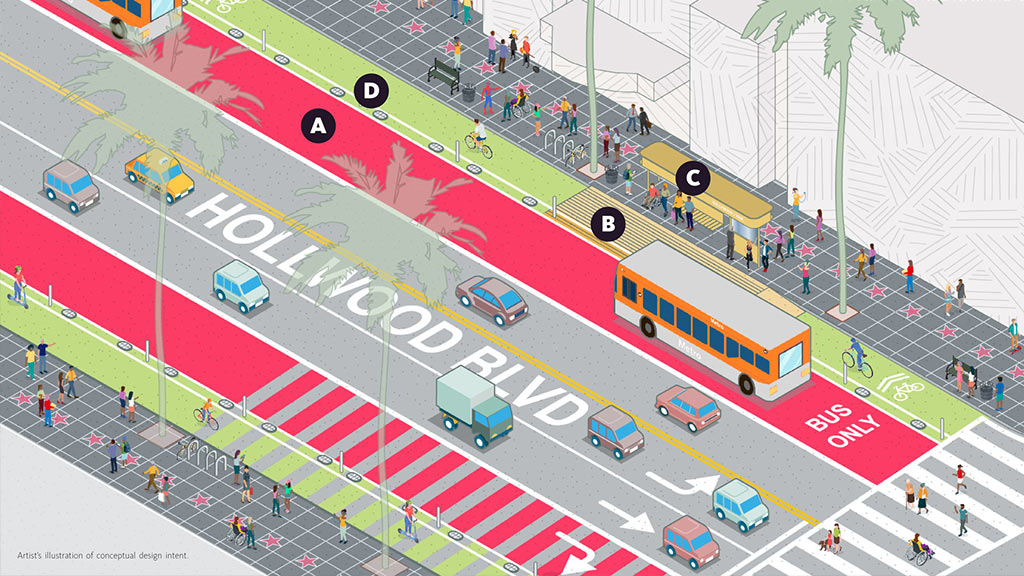
Bloomberg CityLab Toured the Hollywood Walk of Fame With Gensler Mobility & Transportation Leader Jaymes Dunsmore
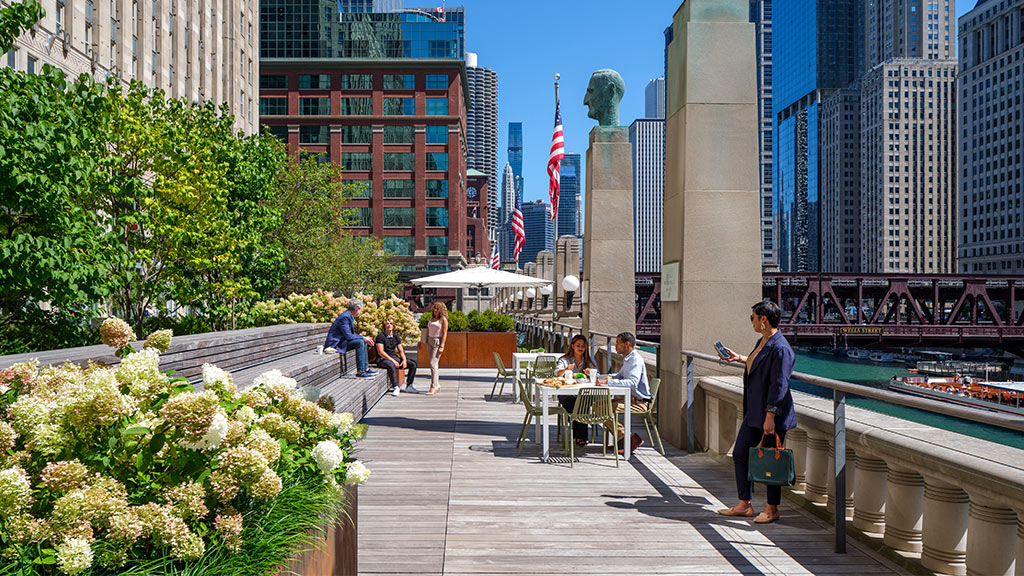
New City Pulse Report Signals the Return of Urban Life

Key Takeaways From Gensler’s 2023 City Pulse Survey Across 53 Global Cities
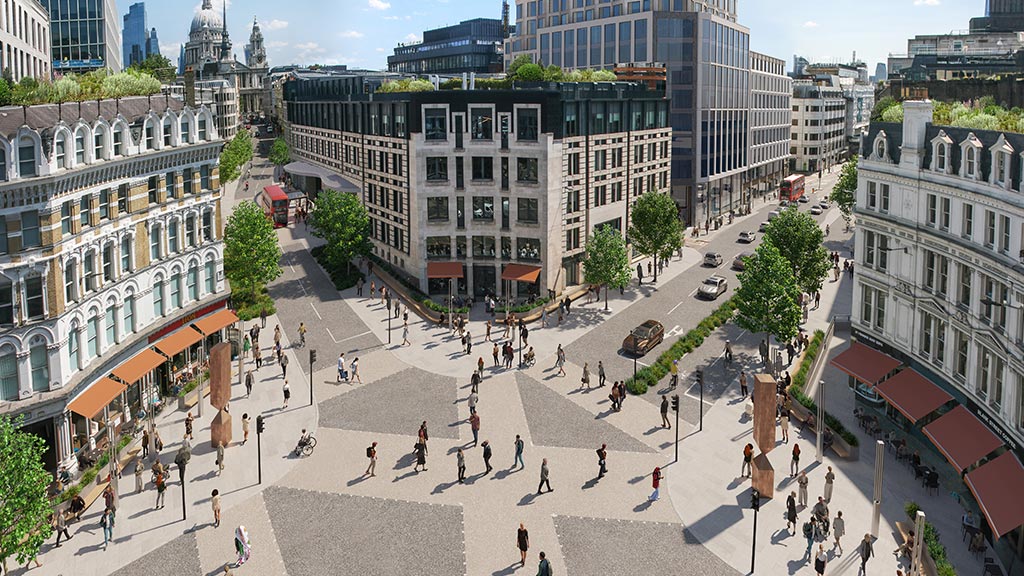
Monocle Featured a Radio Interview With Gensler Europe Managing Principal Duncan Swinhoe

Time Out Shared Gensler’s Renderings of the Hollywood Walk of Fame’s Pedestrian-Friendly Makeover
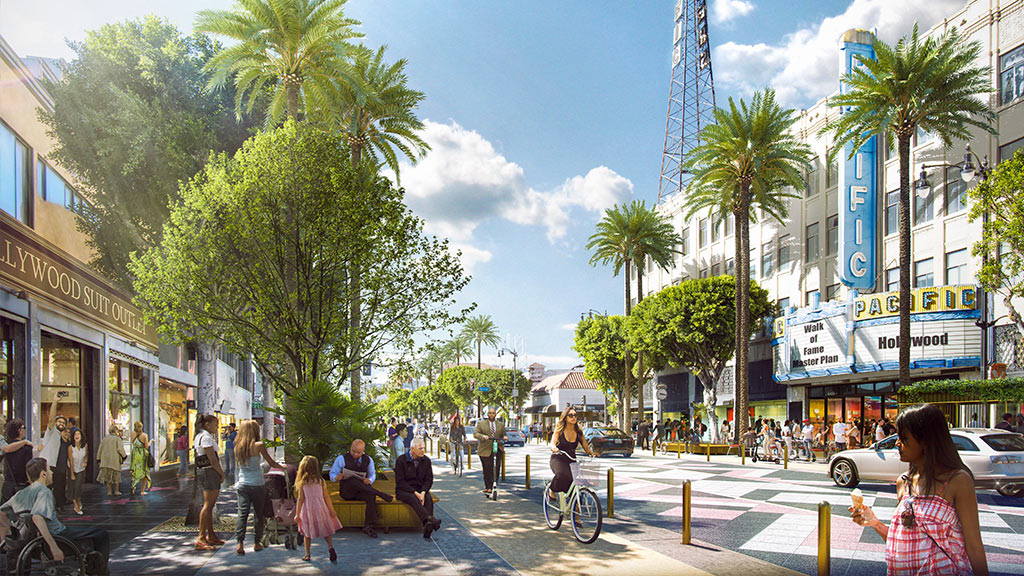
Gensler’s Design Concept To Revitalize Hollywood Boulevard and the Walk of Fame
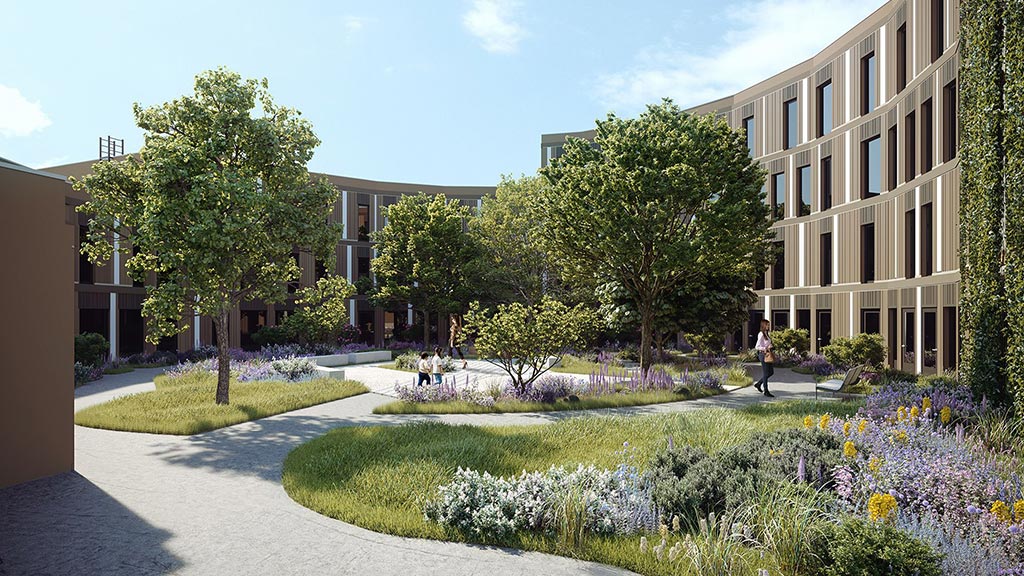
CNN Style Rounded Up Architecture That’s ‘Set To Shape the World in 2024,’ Including EVE Park
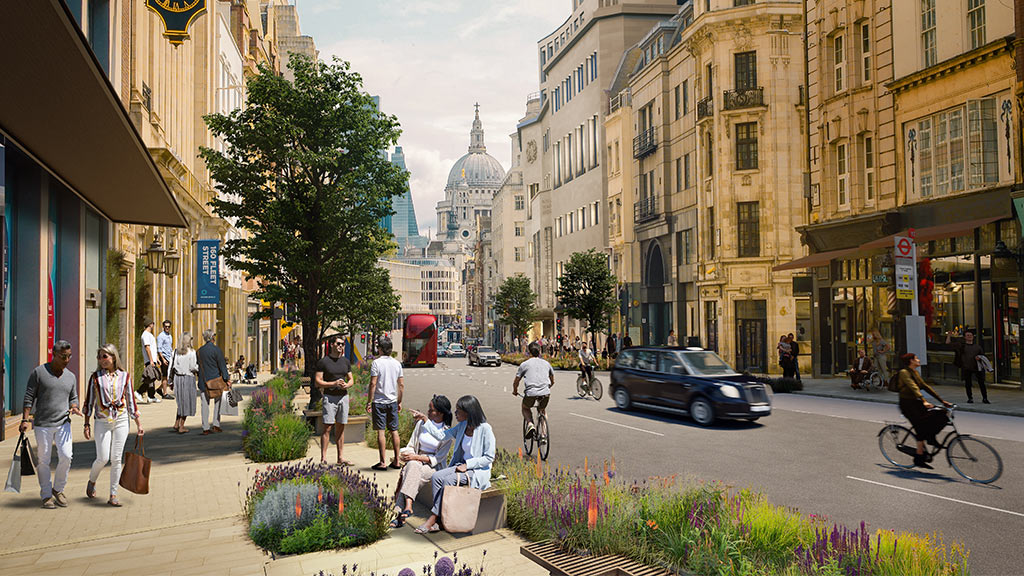
Gensler’s Reinvigoration of London’s Fleet Street Quarter Aims to Create a More Unified and Improved CBD Experience

Gensler’s “Radical” Vision for a Public Realm Transformation of London’s Fleet Street Quarter
